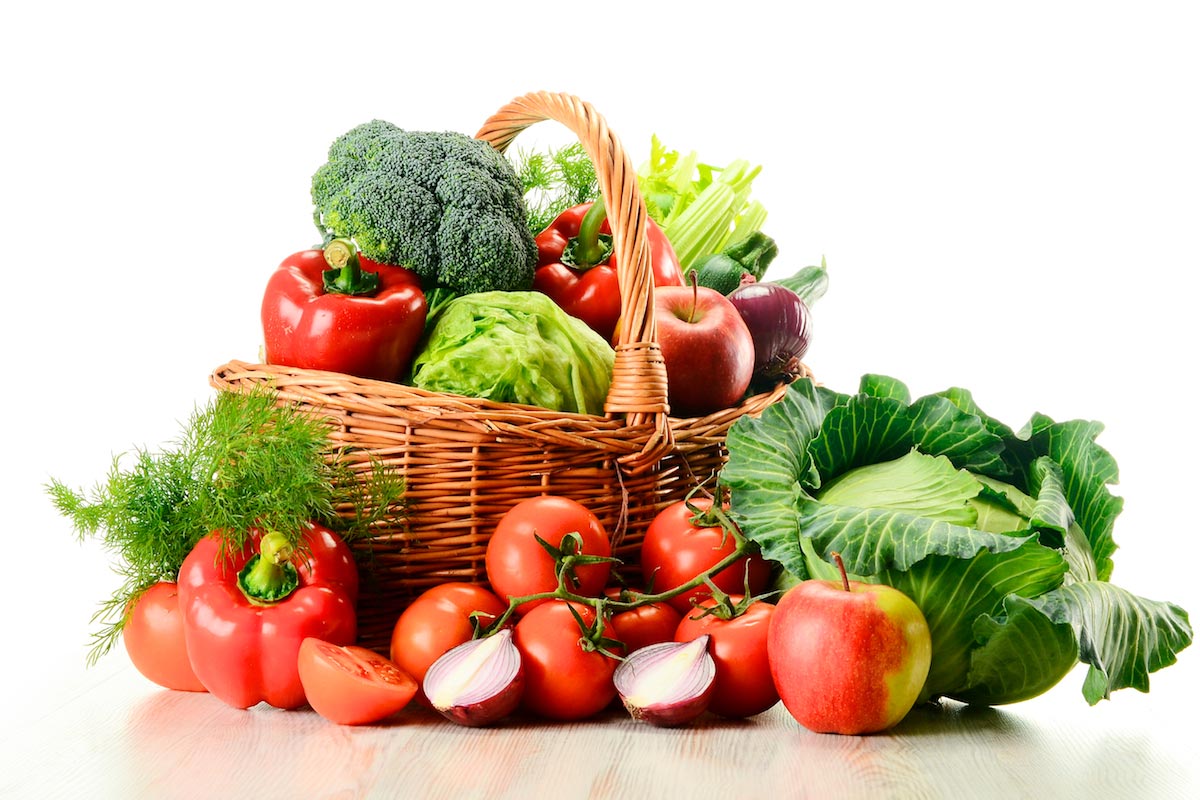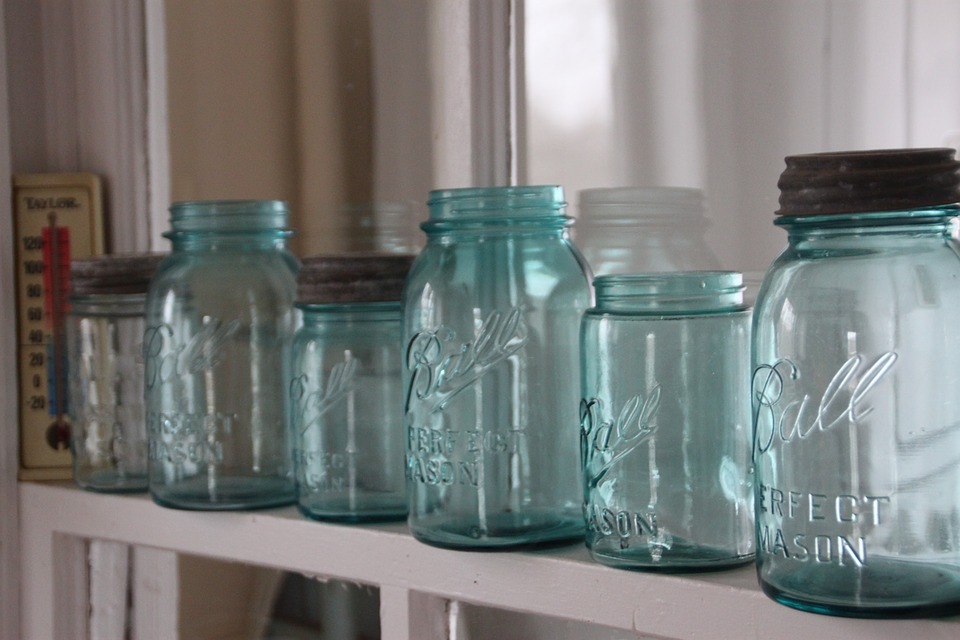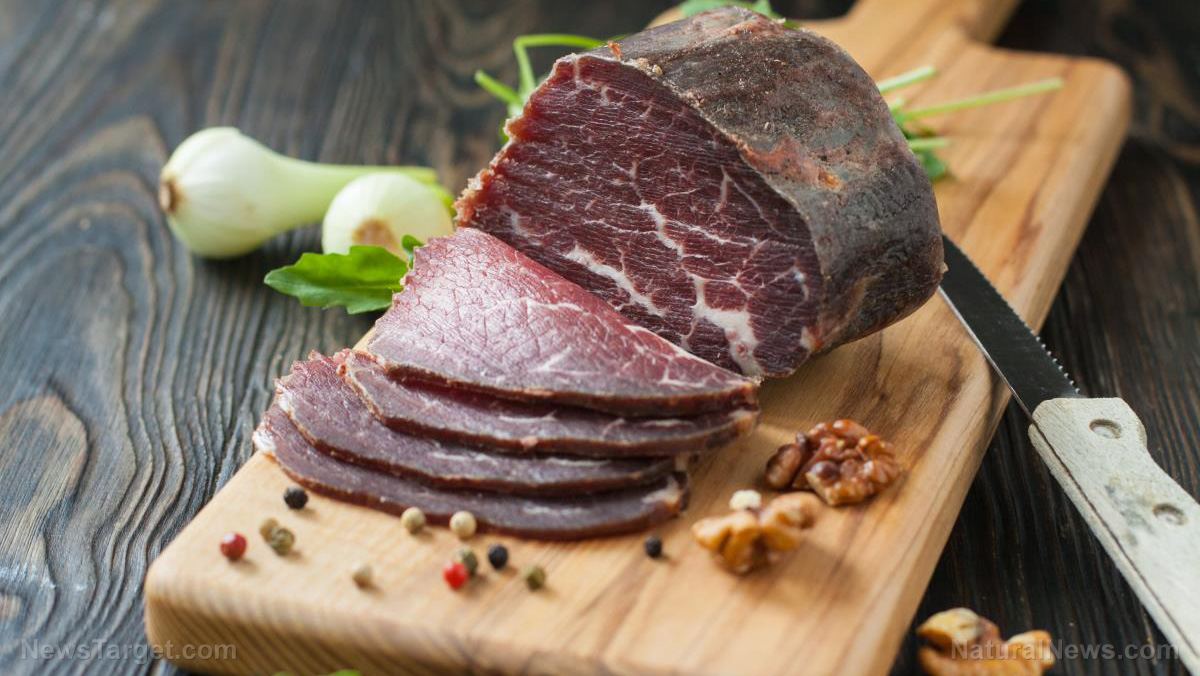Basic storage strategies for different bean varieties to help with your long-term survival plan
01/15/2019 / By Mary Miller

Beans are an inexpensive, nutritious food staple that can last through any long-term survival plans. When kept under the right storage conditions, beans can stay fresh and viable for over 30 years. Their incredibly long, stable shelf life and high nutritional value make them an ideal survival food.
If you want a nutritionally dense emergency food supply for when SHTF, you’ll want to stock up on a variety of beans. How do you know which ones to store and how to store them? Here is a basic guide on proper bean storage strategies for your long-term survival plan. (h/t to BackdoorSurvival.com)
Beans are the perfect meatless alternative for your body’s protein needs. They are low in cholesterol but high in fiber, protein, vitamins, and minerals, including folate, potassium, iron, and magnesium. During survival scenarios, they can provide you and your family with the needed nutrition and calories to maintain your health and energy. (Related: Beans and Rice provide easy long storage, low costs, and high nutrition.)
Different bean varieties
Before buying or storing any beans, you might want to experiment with different bean varieties to find which ones are most suitable for long-term storage. You’ll also want to consider taste, personal preference, nutritional profile, recipe versatility, possible allergies, and other factors. Try purchasing a one-pound bag of each bean variety to store and cook. This will allow you to try each kind of bean, so that you can decide which ones you like the most. Here are a few bean varieties you can try:
- Chickpeas. Chickpeas are commonly known as garbanzo beans. One cup of cooked chickpeas can contain around 269 calories. Chickpeas can be helpful in lowering blood sugar levels and increasing insulin sensitivity.
- Kidney beans. These are some of the most commonly consumed bean varieties. A cup of cooked kidney beans can contain 215 calories. Kidney beans also have the potential to help lower one’s risk for diabetes and metabolic syndrome.
- Navy beans. Also known as haricot beans, navy beans are packed with fiber, B vitamins, and minerals. A cup of cooked navy beans contains around 255 calories.
- Lentils. Lentils can easily be added to all sorts of soups and stews. One cup of cooked lentils should contain about 230 calories. Lentils can also aid in digestion by improving bowel function.
- Black turtle beans. You can get about 227 calories out of a cup of black turtle beans. They have an impressive nutritional profile, which makes them a suitable emergency supply food.
Procedure for storing beans
If you plan to just purchase a bag of beans and toss them into your pantry without a second thought, you’ll only be wasting your money. Just because beans have a relatively low cost, it doesn’t mean they aren’t worth putting any effort into storing. Once you’re done with the initial storage process, they won’t even require that much maintenance in the long run. To properly store your beans, you’ll first need a few items, which include food-safe storage containers, Mylar food storage bags, oxygen absorbers, and a heat sealer.
- Take your beans and sort through them to find any broken beans, small rocks, or pebbles.
- Place the Mylar bag into the food-safe storage container. The capacity of the Mylar bag should match the capacity of the food-safe storage container.
- Fill the Mylar bag with the beans of your choice.
- Add in one oxygen absorber into the Mylar bag.
- Squeeze any excess air out of your bag.
- Use your heat sealer to heat-seal your bag. If you don’t have a heat sealer, hair straighteners and clothes irons can serve as suitable alternatives.
- Cover your food-safe storage container with a tight-fitting lid.
- Place the storage containers in a cool and dry area away from sunlight.
- Repeat all the previous steps until you have stored all of your beans.
- Practice storage rotation to ensure optimal freshness.
Learn how to properly store other survival food items by going to FoodStorage.news.
Sources include:
Tagged Under: beans, beans storage, bug out, emergency food, Food storage, food supply, homesteading, how-to, long term storage, off grid, Off-the-grid living, preparedness, prepper, prepping, SHTF, survival, survival food, survivalist, sustainable living



















